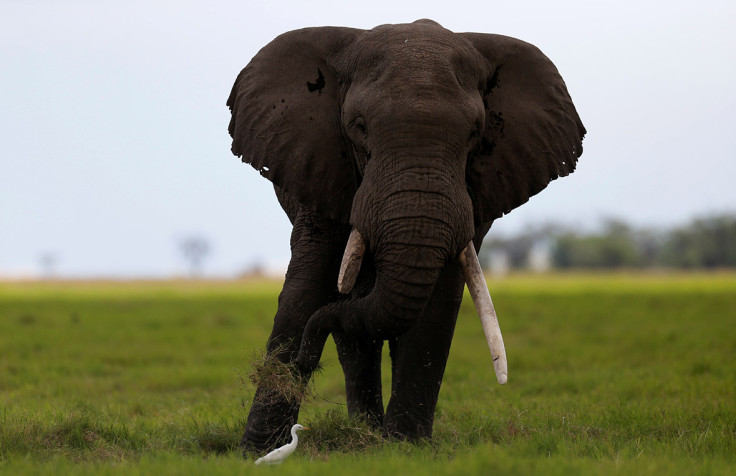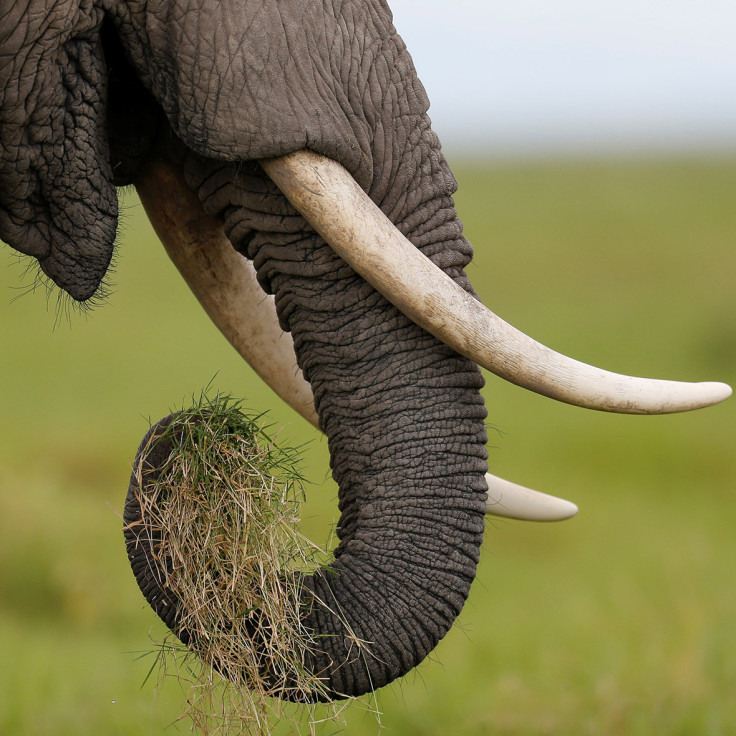19th century poaching decimated elephants on coasts of Eastern Africa
Historic samples of ivory suggest elephant poaching was driven inland as animals disappeared off the coasts.

The ivory trade in East Africa has decimated elephants for millennia, but the situation became dire in the 19<sup>th century because of a sharp increase in demand from Europe and America. For the first time, archaeologists have mapped out precisely where the elephants were hunted at the time, showing that the illegal trade was progressively driven inland as the animals who lived on the coast started to disappear.
Studies have long identified Eastern Africa as an area which has been particularly targeted by poachers for centuries. Furthermore, scientists often point out that there was an increase in demand for ivory and in the number of elephants killed in the 19th century.
However, the precise origins of the ivory bought and sold in western countries at the time is not well documented and little was known about the trade-routes of primary suppliers in the 19th century.
The team, from the University of York carried out an isotope analysis of historic and modern East African ivory and skeletal remains, from 1890 onward. They looked at the distribution of carbon, nitrogen, oxygen, and strontium isotopes present in the ivory.
This provided the researchers with information about the elephants' past diets, and thus about their likely habitats. In this way, they identified the origins of historic ivory which had not been localised previously and increased their understanding of how poachers operated two centuries ago.
From the coasts to the forest
Up to the 19th century elephant poaching occurred mostly on the coastal regions of Eastern Africa. In the study, published in PLOS ONE, the researchers describe how the ivory samples traded after 1890 match values of elephants living in forested interior regions of East Africa, and eating the vegetation of these areas.
This suggests that at this time, some elephants were killed in the central regions of Eastern Africa. The researchers believe that the increase in poaching by the mid-19th century led to the eradication of elephants from along the coast of southern Kenya and northern Tanzania, and this progressively drove the trade inland – in forested landscapes – by the end of the century.

These results can help conservationists come up with better strategies to protect elephants today and adds on to the scientific literature about elephants' ecology.
Lead researcher Dr Ashley Coutu told IBTimes UK:"From an ecological perspective, the results from our study are important for understanding where historic elephants were hunted for their ivory, which gives modern conservation groups and wildlife ecologists historical information on where East African elephants roamed, and what their dietary patterns were like in landscapes that were not fenced or developed in the same way that they are today".
© Copyright IBTimes 2025. All rights reserved.






















